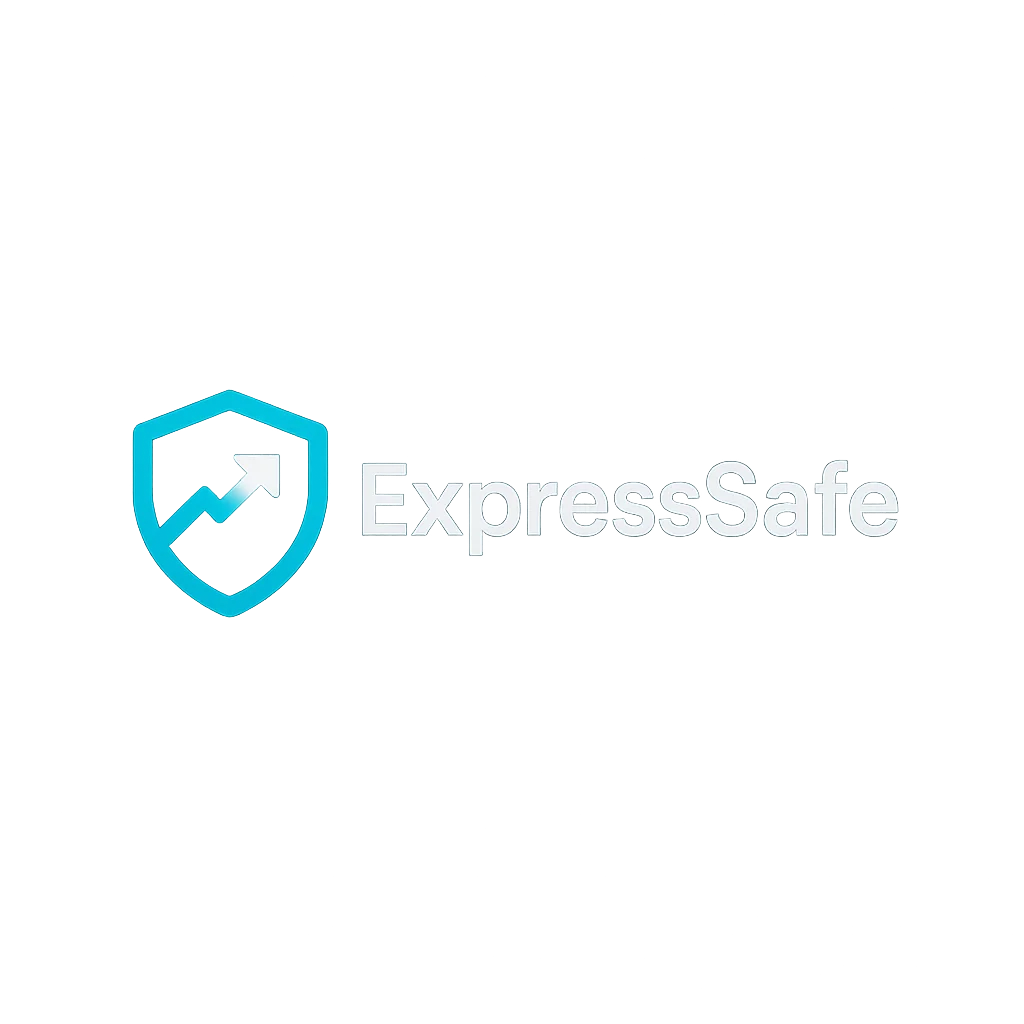Introduction: Debt Doesn’t Have to Control Your Life
In 2025, consumer debt levels are at an all-time high. From credit cards and student loans to Buy Now Pay Later (BNPL) schemes, many people feel trapped. But here’s the truth: you can pay off debt faster than you think—even on a tight budget.
This guide is your step-by-step plan to:
- Escape the paycheck-to-paycheck cycle
- Eliminate credit card and loan debt
- Improve your credit score
- Reduce financial anxiety
- Build lasting financial freedom
Whether you’re struggling to make minimum payments or you’re serious about becoming debt-free, this guide will walk you through every step—with practical tips, real-world strategies, and powerful tools.
1. Understanding Debt: Types and Traps
Let’s start by identifying what kind of debt you have:
- Credit Card Debt: High interest, revolving balance
- Personal Loans: Fixed payments, often used for consolidation
- Student Loans: Long-term repayment, sometimes subsidized
- Buy Now Pay Later (BNPL): Growing fast, often overlooked
- Medical Debt: Often negotiable and underestimated
- Car Loans/Mortgages: Usually lower interest but high amounts
🧠 Pro Tip: List every debt you owe, including interest rate, minimum monthly payment, and total balance.
This clarity is the first step toward crushing your debt.
2. Snowball vs. Avalanche: Which Debt Repayment Strategy Works Best?
There are two proven methods to pay off debt:
💥 Avalanche Method:
- Pay extra on the highest interest debt first
- Mathematically saves more money
- Best if you’re analytical and patient
⛄️ Snowball Method:
- Pay off smallest balance first to build momentum
- Faster emotional wins
- Keeps motivation high
✅ Recommended: Use Avalanche for long-term savings and Snowball if you need quick wins to stay committed.
3. Budgeting with Purpose: How to Find Extra Money for Debt
Even with a low income, you can find “hidden money” by:
- Cutting subscriptions (use Trim or Rocket Money)
- Cooking at home (save $300+/mo)
- Using cash envelope budgeting
- Selling unused items (eBay, Vinted, Facebook Marketplace)
- Freelancing for extra income (Fiverr, Upwork, TaskRabbit)
- Using apps like YNAB or Goodbudget to track spending
💡 Tip: Transfer savings directly to your debt payments to avoid spending them.
4. Negotiating With Creditors and Debt Collectors (Yes, You Can!)
Don’t be afraid to talk to your creditors. You can:
- Ask for lower interest rates
- Set up hardship repayment plans
- Settle for less with lump sum payments
- Pause student loan payments (temporarily, if eligible)
- Use AI-based apps like TrueAccord or Resolve to manage negotiations
📞 Script:
“Hi, I’m struggling to keep up with my payments. Can you offer any temporary relief or lower my interest rate so I can stay on track?”
5. Using AI-Powered Budgeting Tools to Accelerate Your Progress
In 2025, smart budgeting apps use AI to:
- Automatically categorize your spending
- Predict overspending risks
- Suggest debt repayment strategies
- Alert you before bank fees hit
- Simulate debt-free timelines
📱 Top Apps:
- Cleo AI – Budgeting with personality
- Tally – Credit card consolidation and payoff
- Monarch – Wealth planning + debt tools
- Mint (now upgraded with AI features)
6. Balance Transfers and Debt Consolidation: When and How to Use Them
If you have high-interest credit card debt, consider:
✅ Balance Transfer Cards:
- 0% APR for 12–18 months
- Move your balance to a new card and pay it down interest-free
- Watch out for transfer fees (usually 3–5%)
✅ Debt Consolidation Loans:
- Combine multiple debts into one payment
- Lower interest rates
- Requires good or improving credit
🚨 Caution: Don’t consolidate and then rack up new debt. This defeats the purpose.
7. Psychological Hacks to Stay Motivated and Avoid Debt Traps
Debt isn’t just math—it’s emotional.
Use these mindset shifts to stay strong:
- Visualize your “debt-free day”
- Use a printable tracker or digital dashboard
- Celebrate small milestones (like $500 or 1 card paid off)
- Join online communities for support
- Remove saved cards from shopping apps
- Use browser blockers to avoid impulse spending
8. Common Debt Mistakes (And How to Avoid Them)
Don’t let these pitfalls slow you down:
- Only making minimum payments – You’ll stay in debt for years
- Missing payments – Hurts credit and adds fees
- Consolidating without changing behavior
- Taking payday loans – Extremely high interest
- Ignoring your credit score – It matters more than you think
9. Fixing Your Credit Score While Paying Off Debt
Paying down debt improves your credit. Here’s how to boost it faster:
- Always pay on time
- Keep credit utilization below 30%
- Don’t close old accounts (unless they cost you money)
- Dispute any errors on your report (use Credit Karma or AnnualCreditReport.com)
- Consider secured credit cards to rebuild
📈 Improving your credit = better loan options, lower interest, more financial freedom.
10. Life After Debt: What Comes Next?
Once you’re debt-free:
- Build an emergency fund (3–6 months expenses)
- Start investing (even with just $100/month)
- Use sinking funds for predictable expenses
- Automate savings and retirement contributions
- Continue using the budgeting habits you built
“Being debt-free is not the goal. Staying debt-free and building wealth is.”
Conclusion: You Can Beat Debt—Starting Now
No matter your income, job status, or past mistakes, you can become debt-free. Use this guide as your blueprint, take action one step at a time, and watch your financial freedom grow.

Leave a comment